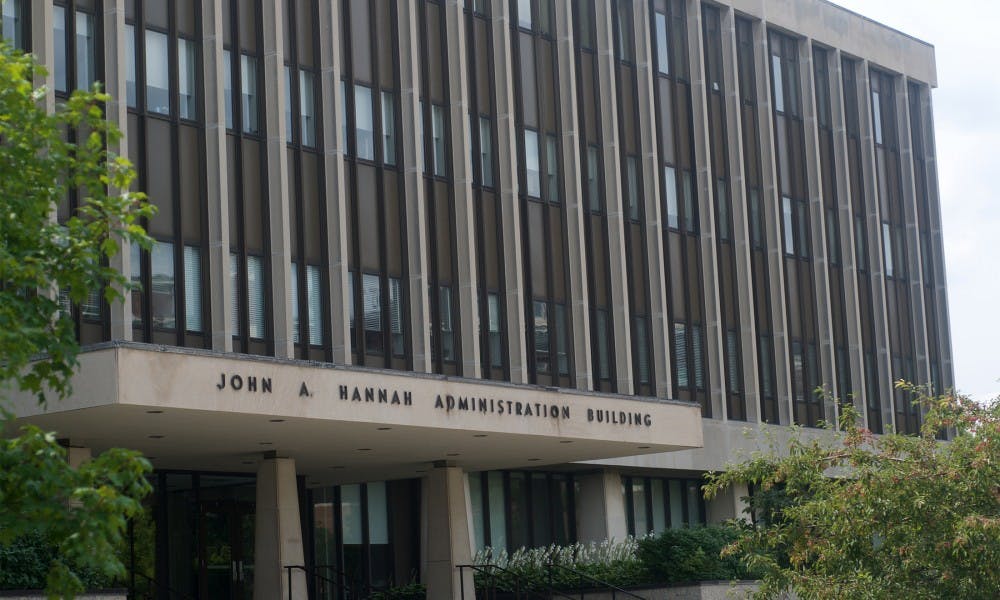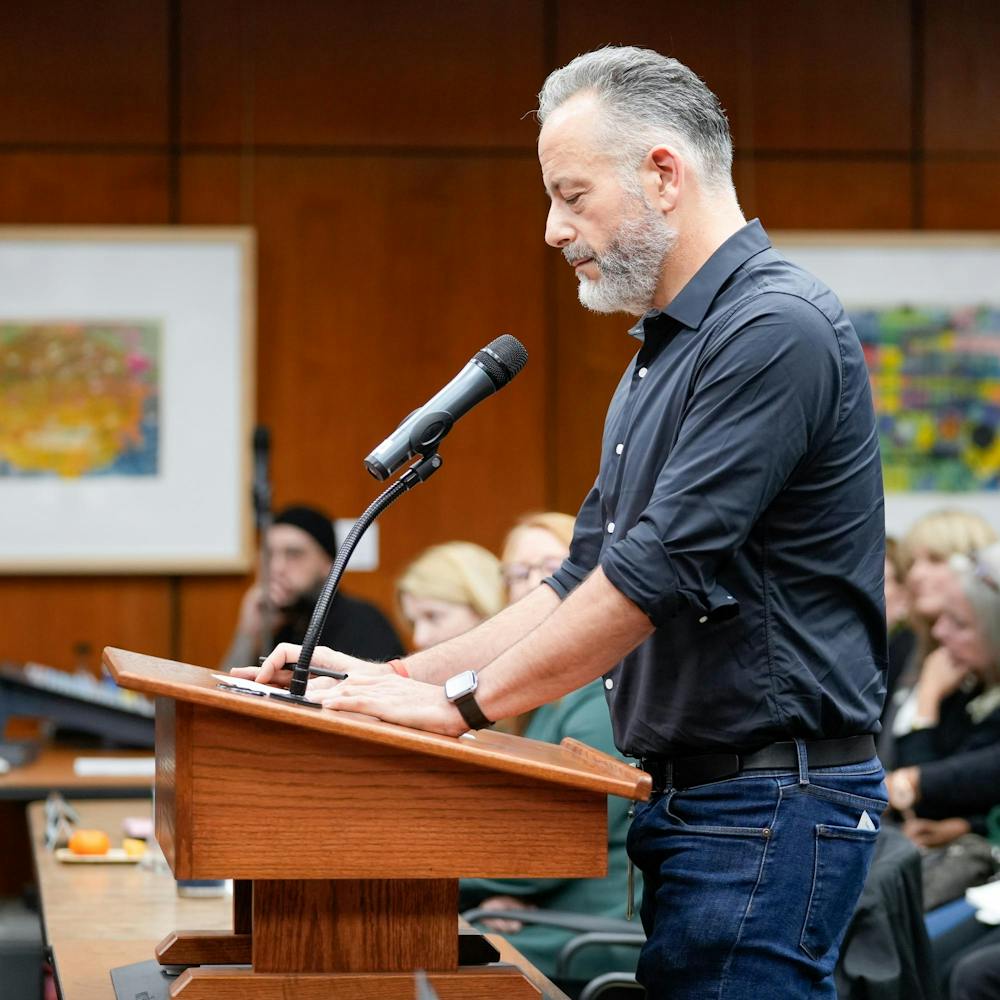1) The U.S. Office of Civil Rights (OCR) determined MSU took too long in responding to sexual assault and harassment cases
The OCR reviewed 150 grievance files from MSU, and decided to look deeper into 30 of them after finding "significant concerns" in them. In doing so, OCR found that complainants in those cases had to wait months and sometimes even close to a year before they received a final resolution to their complaint.
The OCR additionally found that in those cases, the punishments given out, such as dismissal from the University did not go into effect until all possible appeals had been heard, which the OCR’s report said was “thereby creating the potential for additional acts of harassment or retaliatory harassment during the delay.”
2) MSU didn't properly document sexual assault cases
OCR’s report states that through a number of other files they looked into they were unable to determine the response time, because of a lack of documentation in MSU's files. The OCR reported that a significant number of files had no investigative report with some lacking information on whether the investigation was ever completed, whether the university took any action, and how MSU came to their conclusion.
“In some of these cases, the University had been notified of the identity of an individual accused of sexual harassment or sexual assault, but the file contained no documentation to support that the University followed up on that information,” the OCR’s report stated.
3) In some cases, the standard for sexual harassment had been met, but MSU chose not to recognize it
The OCR’s report found two main cases in which they believed the standard for sexual harassment had been met, and that MSU’s findings supported that, but MSU chose not to issue a finding of sexual harassment in those cases.
4) By not punishing an accused sexual assailant, MSU potentially subjected other students to sexual harassment
One case that the OCR investigated involved a female student reporting that she had been raped by a male student in 2012. Because the female student failed to respond to contacts from the Office for Inclusion and Intercultural Initiatives (I3) after an initial interview with the Title IX investigator, MSU decided to close the case without an investigative report.
OCR's report goes on to say that MSU was notified of the identity of the male student and was even provided with information that he had sexually harassed four other students.
"However, there is no information in the file to support that the University took any action regarding this information, thus potentially subjecting the initial complainant, as well as other students, to further sexual harassment by the male student," OCR's report stated.
5) According to a survey, a majority of MSU students in 2014 didn't know who they could report sexual harassment to
In Spring 2014, MSU conducted a survey of freshman and transfer students regarding sexual harassment, sexual violence, and sexual assault. The University received responses from almost 1,000 students.
The survey found that 55.8 percent of student surveyed didn’t know they could report cases of sexual discrimination, sexual harassment or sexual violence to the I3 office. In addition, only 7.4 percent of the students were able to identify the name of the University’s Title IX Coordinator, Paulette Granberry Russell.
“OCR determined that the University failed to adequately notify students and employees of the name or title of the Title IX Coordinator, and the University’s notice of nondiscrimination failed to indicate that inquiries could be referred to the University’s Title IX Coordinator or OCR’s Assistant Secretary as the Title IX implementing regulation requires,” according to the report.
6) MSU allowed a counselor who was accused of sexually harassing students to keep his job four years after the initial complaint was filed
MSU Spokesperson Jason Cody said the Director of the MSU Counseling Center was informed of a complaint about a sexual assault counselor engaging in a "creepy and inappropriate" line of questioning during a group sexual assault counseling session in 2009.
Cody was unaware what action was taken against the counselor at the time, but when another complaint was brought to the director's attention in 2013, MSU launched an investigation into the complaint.
Cody said the employee was immediately removed from all contact with students, and all clinical responsibilities while the university investigated the matter. And as a result of the investigation, the counselor's employment with the University was terminated.
Support student media!
Please consider donating to The State News and help fund the future of journalism.
7) Ultimately, MSU was found to have not handled several sexual assault cases properly
The OCR determined through their investigation that Michigan State’s Title IX grievance procedures that were in place during the time period covered by the investigation failed to meet the requirements of Title IX.
Michigan State President Lou Anna K. Simon said since the investigation MSU has taken many steps to improve their sexual assault, harassment and violence procedures, prevention programs and their Title IX procedures.
Office of Civil Rights Investigation Findings
Discussion
Share and discuss “7 things you need to know about how MSU mishandled sexual assault cases” on social media.







